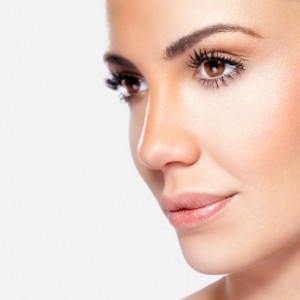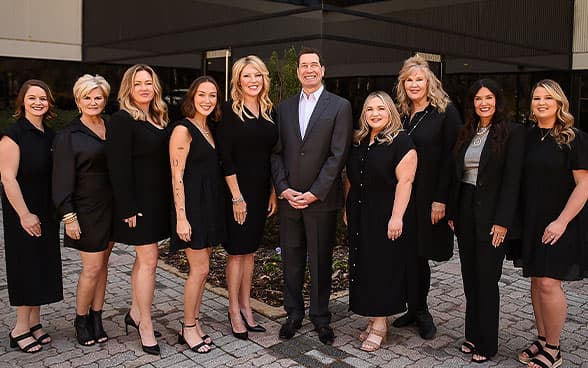The Importance of Common Nose Corrections
December 2, 2013 - Rhys Branman, MD
 Bet you didn’t know that rhinoplasty, the nose job, has important psychological implications. Various studies have shown that this 5th most popular procedure in the United States is intimately connected to how people feel about themselves. Consequently, it is very important for me, as a cosmetic surgeon to be sure the patient is a candidate for the surgery in two ways: physically and psychologically. No, at Little Rock Cosmetic Surgery Center, we don’t require patients seeking rhinoplasty to undergo psychological tests; the key is in discussing all the ramifications, expectations, and the patient’s reasons for wanting a nose job to begin with. As usual, realistic goals are important, as well as a realistic self assessment. What I mean by that is: how do you perceive your nose effecting your self image? How do you think others’ perceive your nose? As it turns out, this particular surgery has one that can affect self image the most.
Bet you didn’t know that rhinoplasty, the nose job, has important psychological implications. Various studies have shown that this 5th most popular procedure in the United States is intimately connected to how people feel about themselves. Consequently, it is very important for me, as a cosmetic surgeon to be sure the patient is a candidate for the surgery in two ways: physically and psychologically. No, at Little Rock Cosmetic Surgery Center, we don’t require patients seeking rhinoplasty to undergo psychological tests; the key is in discussing all the ramifications, expectations, and the patient’s reasons for wanting a nose job to begin with. As usual, realistic goals are important, as well as a realistic self assessment. What I mean by that is: how do you perceive your nose effecting your self image? How do you think others’ perceive your nose? As it turns out, this particular surgery has one that can affect self image the most.
The nose cannot be hidden as the anatomical feature of the face with the most obvious and central position. Aesthetic flaws of the nose can consciously or subconsciously disturb a patient’s self image for years. If you have considered rhinoplasty for many years, and have considered the specific flaw you would like corrected, and yet are able to accept yourself as you, you are probably a psychologically healthy person with realistic goals and the right reasons for seeking cosmetic surgery. Here are some of the most common flaws patients choose rhinoplasty to correct:
-
Underrotation – a droopy nose, often felt to be too large.
-
Overrotation – a short nose with a very upturned tip.
-
Underprojection – nose seems too small, does not stick out enough creating a ill defined profile.
-
Overprojection – sticks out too much, feeling the nose is too big.
-
Hump – often this is where the bone and cartilage meet on the dorsum (the bridge). Although that is most common, the hump can be in the cartilage or the bone
-
Asymmetry – often the cartilage as well as the bone is asymmetrical, this can be congenital or from trauma.
-
Tip widening – the tip can be too narrow for the face or:
-
Tip narrowing – a bulbous nasal tip may need to be reduced, in both instances, this is reshaping of the tip of the nose.
Important aspects of rhinoplasty are reshaping the nose proportionately to the face, planning the surgery carefully so that results meet patient expectation, and often being sure to retain ethnic identity. Each rhinoplasty performed at Little Rock Cosmetic Surgery Center is highly individualized and carefully planned after thorough consultation with the patient.
Dr. Branman
Call Melinda at the front desk to set up a consultation 501-227-0707

